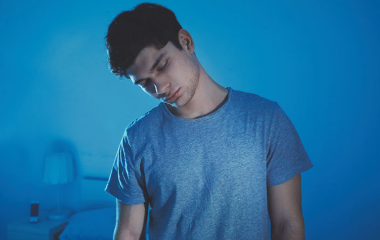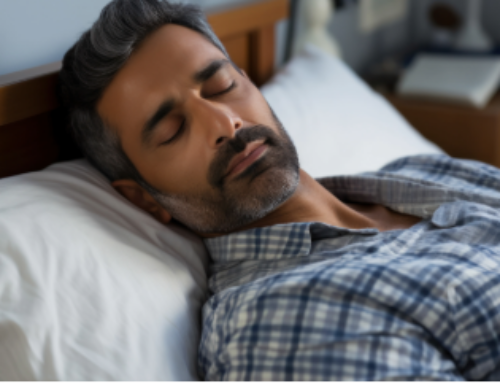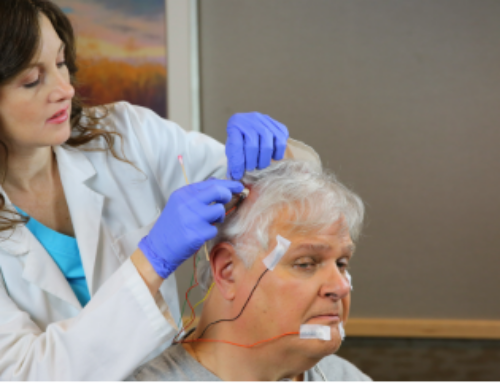Three myths about sleepwalking – sleepwalkers have no memory of their actions, sleepwalkers’ behavior is without motivation, and sleepwalking has no daytime impact – are dispelled in a recent study led by Antonio Zadra of the University of Montreal and its affiliated Sacré-Coeur Hospital.
The study was published in the March issue of The Lancet Neurology. Dr. Zadra answers some questions to try to clear up some of the confusion about one of the parasomnias, sleepwalking.
What are the causes and consequences of sleepwalking?
Dr. Zadra: Several indicators suggest that a genetic factor is involved. In 80% of sleepwalkers, a family history of sleepwalking exists. The concordance of sleepwalking is five times higher in monozygotic twins compared to non-identical twins. Our studies have also shown that lack of sleep and stress can lead to sleepwalking. Any situation that disrupts sleep can result in sleepwalking episodes in predisposed individuals. Most sleepwalking episodes are harmless. Apart from the fact that the deep slow-wave sleep of sleepwalkers is fragmented, wanderings are usually brief and pose no danger, or when they do, it is minimal. In rare cases, wandering episodes may be longer, and sleepwalkers may injure themselves and put themselves or others in danger: some have even gone as far as driving a car!
It is said that the sleep disorder mainly affects children. Is this true?
Dr. Zadra: Many children transitionally sleepwalk between 6 and 12 years of age. It is thought that passing from sleep to wakefulness requires a certain maturation of the brain. In some children, the brain may have difficulty making this transition. Often, the problem disappears after puberty. But sleepwalking may persist into adulthood in almost 25% of cases. It decreases with age, however, because the older you get, the fewer hours of deep slow-wave sleep you enjoy, which is the stage in which sleepwalking episodes occur.
Can sleepwalkers really remember their actions while sleeping vertically?
Dr. Zadra: Yes. In children and adolescents, amnesia is more frequent, probably due to neurophysiological reasons. In adults, a high proportion of sleepwalkers occasionally remember what they did during their sleepwalking episodes. Some even remember what they were thinking and the emotions they felt.
Your work has also shown that the behavior of sleepwalkers is not simply automatic. Can you explain?
Dr. Zadra: This is another popular myth. There is a misconception that sleepwalkers do things without knowing why. However, there is a significant proportion of sleepwalkers who remember what they have done and can explain the reasons for their actions. They are the first to say, once awake, that their explanations are nonsensical. However, during the episode, there is an underlying rationale.
Another myth you are interested in relates to the impact on the waking state. According to you, beyond the nocturnal phenomenon, sleepwalking is associated with diurnal disorders characterized by somnolence or drowsiness.
Dr. Zadra: Around 45% of sleepwalkers are clinically somnolent during the day. Younger sleepwalkers are able to hide it more easily. Compared to control subjects, however, they perform less well in vigilance tests. And if given the opportunity to take a nap, they fall asleep faster than normal subjects do. Over the last few years, we have shown that the deep slow-wave sleep of sleepwalkers is atypical. Fragmented by numerous micro-arousals of 3 to 10 seconds, their sleep is less restorative. Sleepwalking is therefore not only a problem of transitioning between deep sleep and wakefulness. There is something more fundamental in their sleep every night, whether or not they have sleepwalking episodes.





